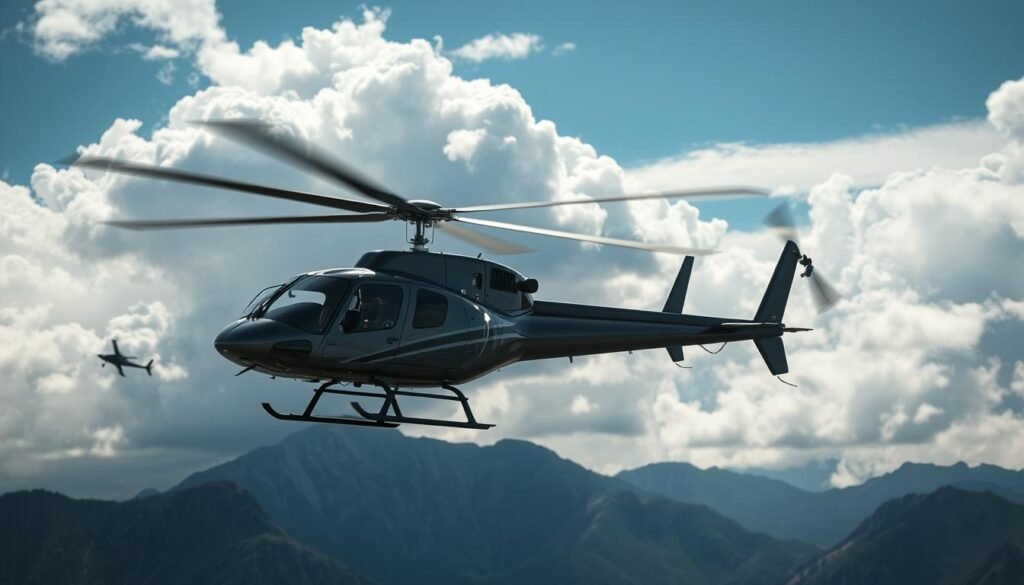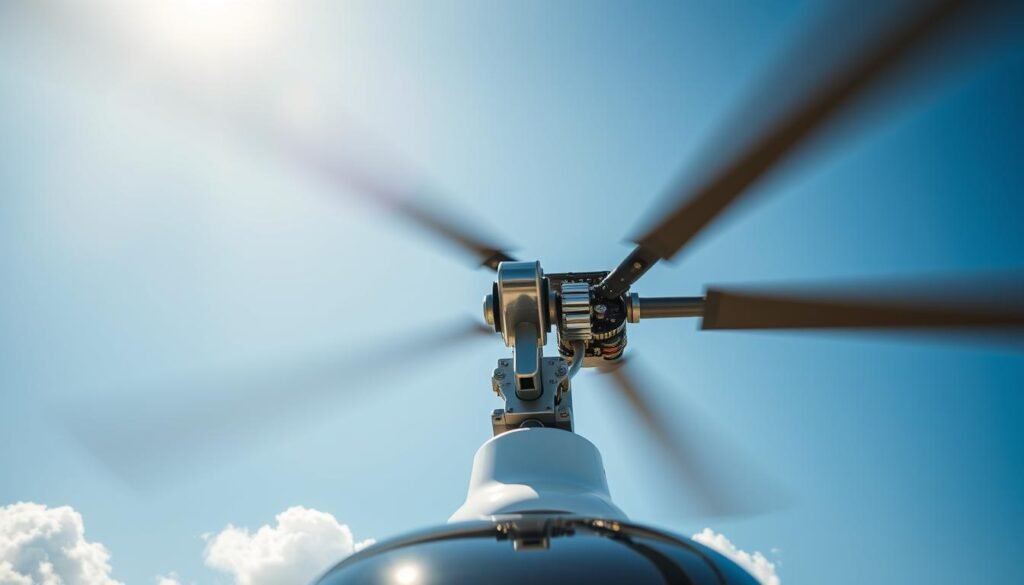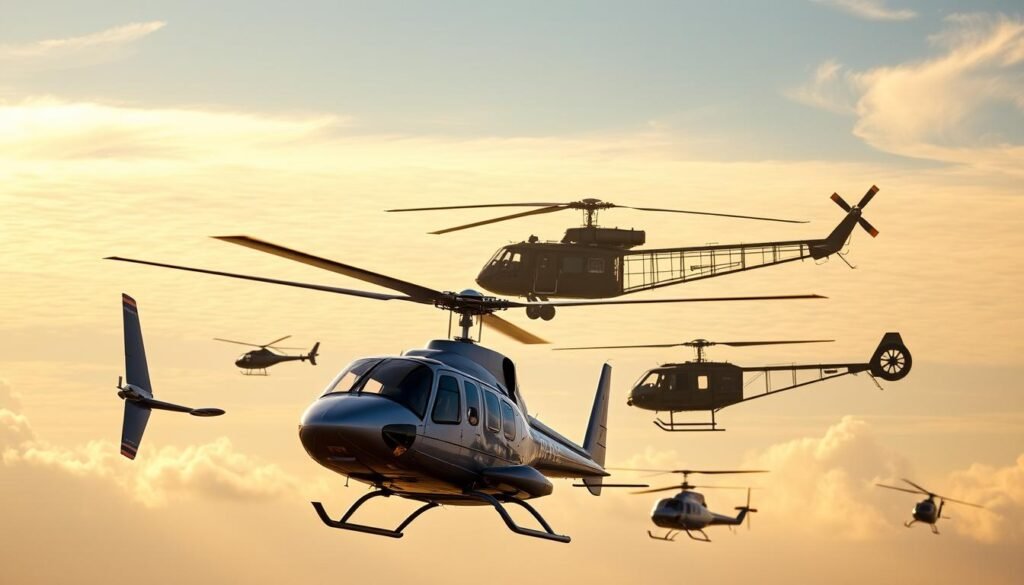Helicopters have become one of the most versatile tools in modern warfare, providing unique advantages like vertical takeoff, hovering, and unparalleled maneuverability. While they are now essential for military operations, helicopters only began playing a significant role during World War II. Their development and use during and after this period transformed warfare, allowing for missions and strategies that were previously impossible. In this article, we’ll explore how helicopters were used in World War II, their role in subsequent conflicts, and their lasting impact on military operations.
Helicopters in World War II: The Beginning of Rotary-Wing Military Use
Although helicopters were in their infancy during World War II, they still made their mark. The Sikorsky R-4, the first mass-produced helicopter, became operational in 1942 and was the first helicopter used in military service. While they were not yet capable of heavy combat roles, helicopters were primarily used for rescue and reconnaissance missions during the war.
- Rescue Operations: The R-4 proved invaluable in recovering downed pilots and injured soldiers from locations that were inaccessible to conventional fixed-wing aircraft. Helicopters could fly into remote or treacherous areas, land in tight spaces, and hover, making them ideal for rescue missions in difficult terrain.
- Observation and Reconnaissance: Helicopters were also used for spotting enemy positions and scouting difficult-to-reach areas, providing real-time information to ground forces.
Though their use was limited in World War II, helicopters demonstrated their potential for a wide range of military applications.
Post-World War II: The Helicopter’s Role Expands
After World War II, the utility of helicopters became increasingly apparent, leading to significant advancements in their design and capabilities. By the time of the Korean War (1950-1953), helicopters were far more advanced, particularly in the areas of air mobility and medical evacuation (MEDEVAC).
- Korean War: The use of helicopters during the Korean War expanded their role in medical evacuation and troop transport. The Bell H-13 Sioux, for example, became famous for its role in airlifting injured soldiers from the battlefield to mobile army surgical hospitals (MASH units). This greatly improved the survival rate of wounded troops, as helicopters could quickly transport them to medical care. Helicopters also began to be used for logistics and supply missions, as they could deliver essential supplies to soldiers in remote or mountainous areas.
Vietnam War: The Age of the Helicopter
The Vietnam War (1955-1975) is often referred to as the “Helicopter War” due to the significant role helicopters played in combat operations. The conflict saw the widespread use of helicopters for combat, air assault, and medical evacuation missions. This war highlighted the Bell UH-1 Iroquois, commonly known as the Huey, which became a symbol of the conflict.
- Air Assault: The Huey’s ability to transport troops directly into battle revolutionized how military forces operated. For the first time, soldiers could be rapidly deployed into and extracted from enemy territory, bypassing difficult terrain and traditional logistical challenges.
- Close Air Support: Armed versions of the Huey were equipped with rockets and machine guns to provide close air support to ground troops during combat operations. These gunship variants could suppress enemy forces while dropping soldiers into hot zones.
- MEDEVAC: The Huey also played a crucial role in medical evacuation, saving countless lives by airlifting wounded soldiers to field hospitals quickly.
The Vietnam War proved the helicopter’s value as an essential tool for modern warfare, influencing military strategies for decades to come.
Post-Vietnam and the Evolution of Helicopter Warfare
After Vietnam, helicopters continued to evolve, becoming more specialized for various roles in combat and peacekeeping operations. The development of attack helicopters, such as the AH-64 Apache, marked a significant leap in the capabilities of rotary-wing aircraft.
- Attack Helicopters: Helicopters like the Apache, introduced in 1986, were designed specifically for anti-tank warfare and close air support. Equipped with advanced targeting systems and a powerful array of missiles, rockets, and guns, the Apache became a formidable weapon on the battlefield, particularly in conflicts like the Gulf War (1990-1991) and the Iraq War (2003-2011).
- Special Forces Operations: Helicopters played an increasingly important role in special operations, with units like the MH-60 Black Hawk becoming vital for covert missions, troop insertions, and extractions behind enemy lines. The Black Hawk gained prominence during operations such as the invasion of Grenada (1983), and the infamous Battle of Mogadishu (1993), chronicled in the movie Black Hawk Down.
Modern Military Helicopters: Versatility and Precision
Today’s military helicopters are far more sophisticated, combining cutting-edge technology with the lessons learned from decades of warfare. Modern helicopters, such as the Eurocopter Tiger and the Mil Mi-28, continue to play essential roles in global conflicts, providing capabilities in transport, firepower, and surveillance.
- Logistics and Humanitarian Missions: Helicopters are used for humanitarian relief efforts, such as delivering food, water, and medical supplies to disaster zones. Their ability to operate in harsh conditions and land in inaccessible areas makes them crucial in disaster relief operations, peacekeeping, and rebuilding efforts.
- Unmanned Helicopters: The rise of unmanned aerial vehicles (UAVs) has also reached helicopters, with unmanned models being developed for reconnaissance and combat support roles. These UAV helicopters can perform dangerous missions without risking human lives.
Conclusion: The Lasting Impact of Helicopters on Warfare
Since their debut in World War II, helicopters have become indispensable in military operations worldwide. Their ability to provide air mobility, firepower, reconnaissance, and medical evacuation has revolutionized modern warfare. The helicopter’s unique capacity to take off and land vertically, hover in place, and maneuver in confined spaces gives militaries an unmatched tactical advantage.
From the early days of the Sikorsky R-4 to the advanced capabilities of modern helicopters like the Apache and Black Hawk, helicopters have changed the face of combat and rescue operations. As technology continues to evolve, the role of helicopters in warfare will undoubtedly expand, solidifying their place as essential assets in both military and humanitarian efforts.
Related Articles
- How Helicopters Revolutionized Emergency and Rescue Operations
- Helicopter Milestones: Important Breakthroughs in Aviation History
- Iconic Helicopters That Shaped the Future of Aviation
- The Role of Helicopters in World War II and Beyond
More from This Category
- Top 10 Helicopter Facts You Probably Didn’t Know
- Military Helicopters Through History: Key Models and Their Impact
- How Helicopters Work: The Science Behind Vertical Flight
- Who Invented the Helicopter? A Look at the Pioneers Behind Rotary Flight
- Helicopter Evolution: How Rotary-Wing Aircraft Changed Aviation Forever
- The Fascinating History of Helicopters: From Invention to Modern Aviation



